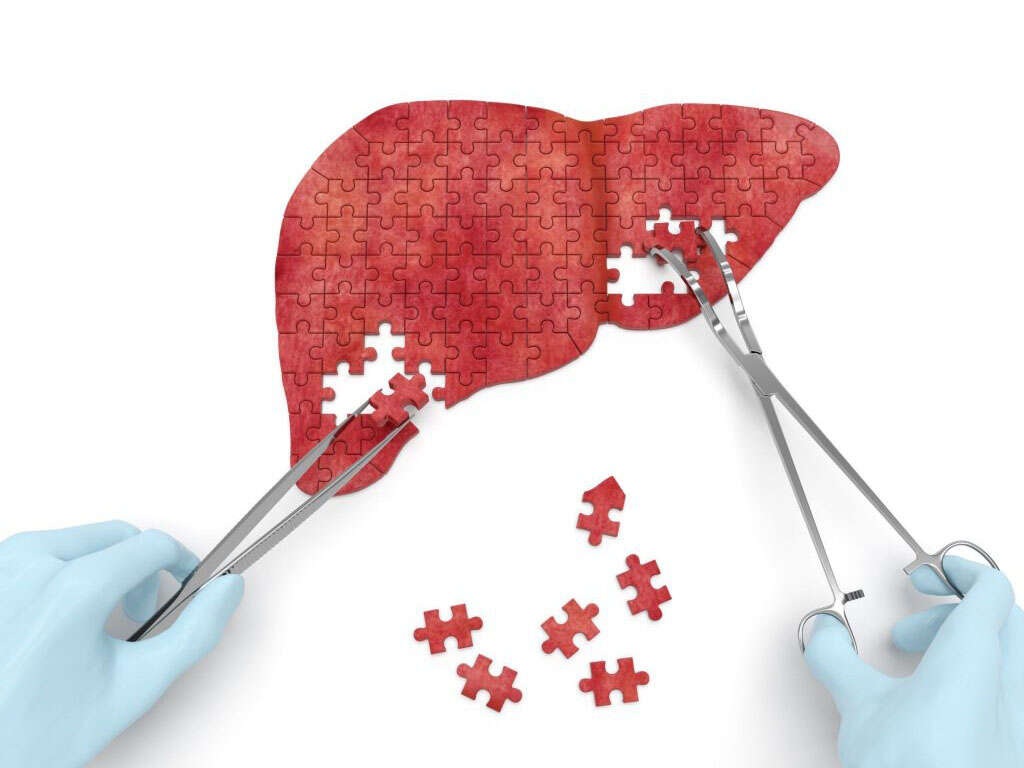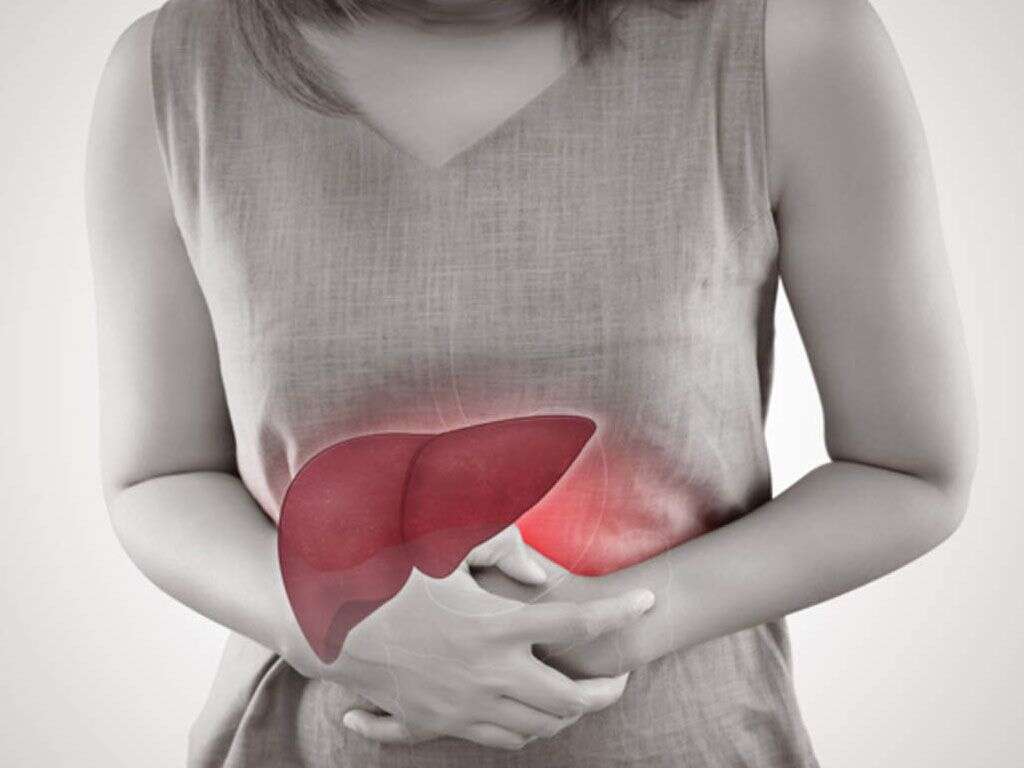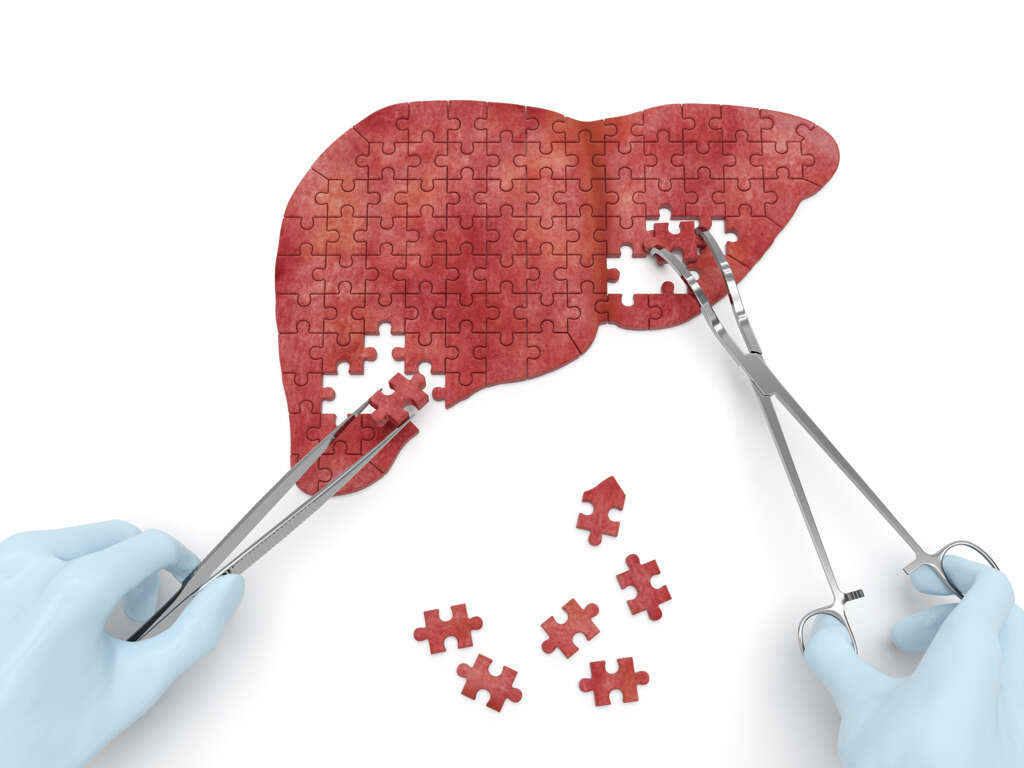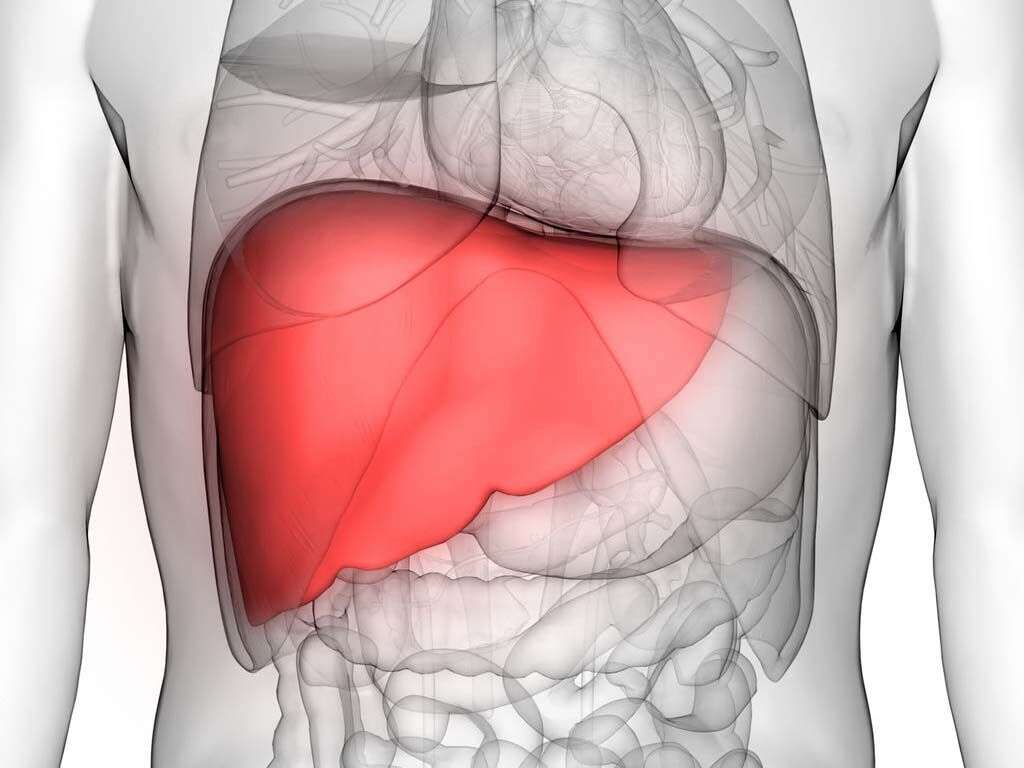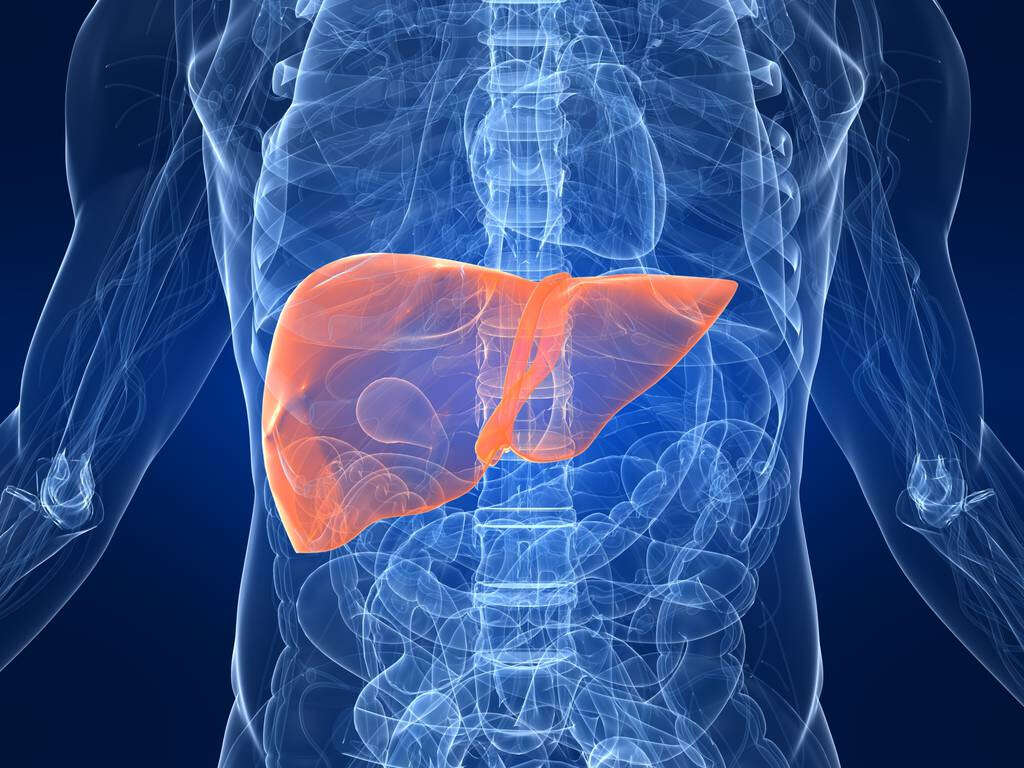What Is Cirrhosis Of The Liver?
The liver is the largest internal organ in the body and performs many essential functions. Those include transporting oxygen, aiding in blood clotting, breaking down fat, storing and returning nutrients, and ridding the body of toxins. The most common toxins the liver filters out of the bloodstream are drugs and alcohol.
When the liver is subject to injury, it tries to repair itself. Each time it does so, scar tissue forms. In the early stages, this scarring is referred to as fibrosis. However, as injury continues, the liver will have increasing difficulty functioning. This advanced stage of scarring is known as “cirrhosis.”
1. What Is Liver Cirrhosis?
Liver cirrhosis is a condition characterized by excessive scarring of the liver tissue. As the liver is forced to repeatedly heal itself by replacing damaged tissue with scar tissue, it begins to lose its ability to perform vital functions, such as processing natural toxins, drugs, hormones and nutrients.
Cirrhosis is an advanced stage of liver disease. It is slow-acting and can take decades to develop. Depending on a person’s overall general health, genetics and lifestyle, it can take up to 30 years to progress. Once cirrhosis occurs, the damage is irreversible. However, maintenance treatment may be an option.
2. What Causes Cirrhosis?
Cirrhosis is the result of long-term injury to the liver. While several factors can contribute to cirrhosis, some are more common than others. Those include long-term alcohol abuse, obesity, and hepatitis B or C infections. While some risk factors are controllable, such as alcohol abuse, others are not.
Certain health conditions can also lead to liver damage and eventual liver failure. For example, too much iron buildup in the body can harm the liver. So can severe reactions to prescription medications, cystic fibrosis, certain genetic disorders and infections such as brucellosis and syphilis.

3. What Are the Symptoms of Cirrhosis of the Liver?
As the liver accrues scar tissue, a person may not present any symptoms. However, as the disease progresses, tell-tale symptoms will begin to develop. The most obvious and well-known sign of liver disease is the yellowing of the eyes or skin (jaundice). However, there are other worrisome signs to look for as well.
Loss of appetite, lack of energy, and sudden weight loss or weight gain could be a sign of cirrhosis. Easy bruising, confusion, disorientation and personality changes are also indicative of a deeper problem. Other symptoms include fluid retention, itchy skin, blood in the stool, orange or browning colored urine, fever, spiderlike blood vessels and red palms.
4. How Is Cirrhosis Diagnosed?
Many people do not realize they have a liver condition until they go in for a routine checkup. When a person visits a physician, the doctor will ask about alcohol use and medical history. He or she will then perform an examination, which includes feeling the liver for tenderness or enlargement. If the doctor suspects cirrhosis, he or she will order tests.
A blood test is the most efficient way to detect a liver problem. A blood test will check for signs of liver malfunction, such as low levels of protein in the blood, high levels of liver enzymes, viral infections, abnormal blood count, bilirubin build up and antibodies that indicate an autoimmune disorder. A doctor may also order imaging tests.
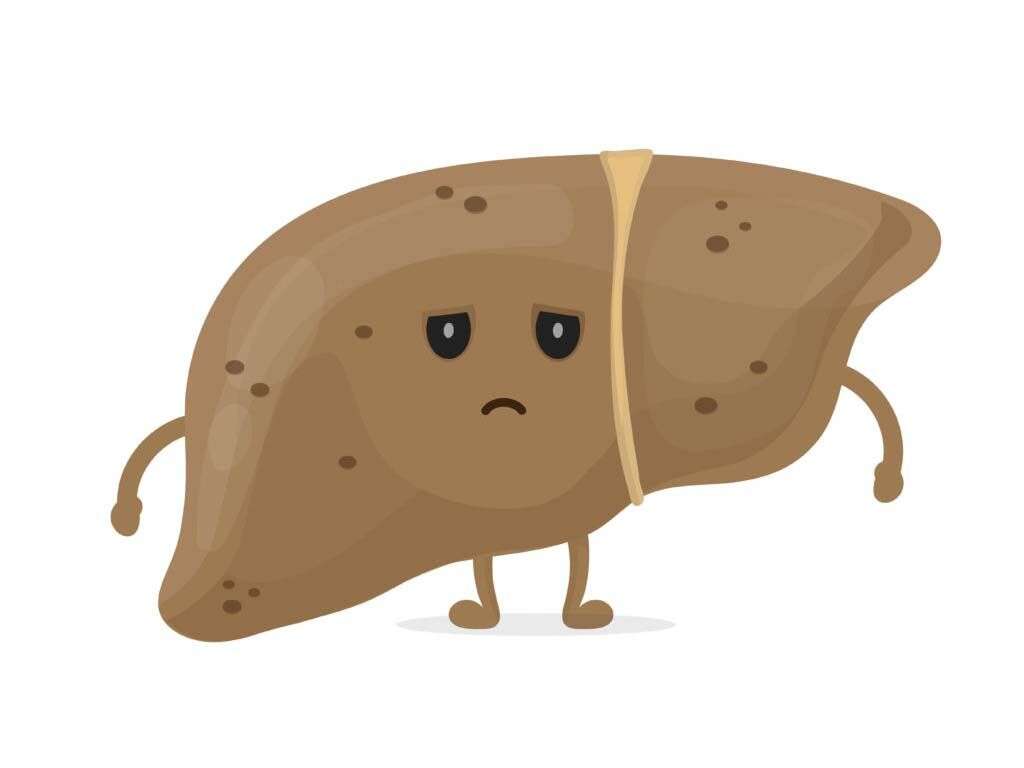
5. How Is Cirrhosis Treated?
Unfortunately, once liver damage has progressed to the point of cirrhosis, it is irreversible. When a person receives a cirrhosis diagnosis, the main goal is to manage the condition and preserve whatever healthy liver tissue is left. To do this, a doctor may recommend a few courses of action.
If alcohol abuse is the cause, the doctor will strongly encourage the patient to stop drinking immediately. He or she may also refer the patient to a substance abuse program. If the problem is obesity, the doctor may suggest a diet and weight loss program. If a health condition is the issue, the doctor will prescribe an appropriate medication.
6. How Is Cirrhosis Managed?
In addition to stopping abusive behaviors, losing weight and taking medications, a doctor may recommend several lifestyle changes to help a patient with cirrhosis manage the condition. These lifestyle changes can help to prevent further damage from occurring as well as to stave off any complications.
One of the first changes a doctor may suggest is a low-sodium diet, which can control swelling and prevent fluid buildup. To lessen bleeding caused by damaged or burst blood vessels, he or she may prescribe blood pressure medications. A physician may also prescribe steroids for inflammation and antibiotics for infections.

7. Are There Stages of Cirrhosis?
Cirrhosis is in and of itself a late-stage form of liver damage. However, this stage can be broken up into four other stages. In stage one, scarring is present, but symptoms may be mild to non-existent. In stage two, portal hypertension begins to develop, which leads to dilated blood vessels in the esophagus.
In stage three, a person will experience severe swelling of the abdomen due to advanced liver scarring. This is the final stage before complete liver failure. Stage four is referred to as “end-stage liver disease” and can be fatal without a transplant.
8. What Are the Complications of Cirrhosis?
Liver disease is a very serious condition that can drastically impact the whole body’s health. As cirrhosis progresses, a person’s health will slowly deteriorate. He or she may develop high blood pressure in the veins, which can cause severe bleeding. Swelling in the legs, arms and abdomen may occur, and the spleen may become enlarged.
When the liver loses its ability to function, it becomes unable to fight off infections. It may also struggle to process nutrients, which could lead to malnutrition, weakness and weight loss. Because a damaged liver cannot properly clear toxins from the body, the toxins can build up in the brain and cause confusion, difficulty concentrating and eventually, coma.
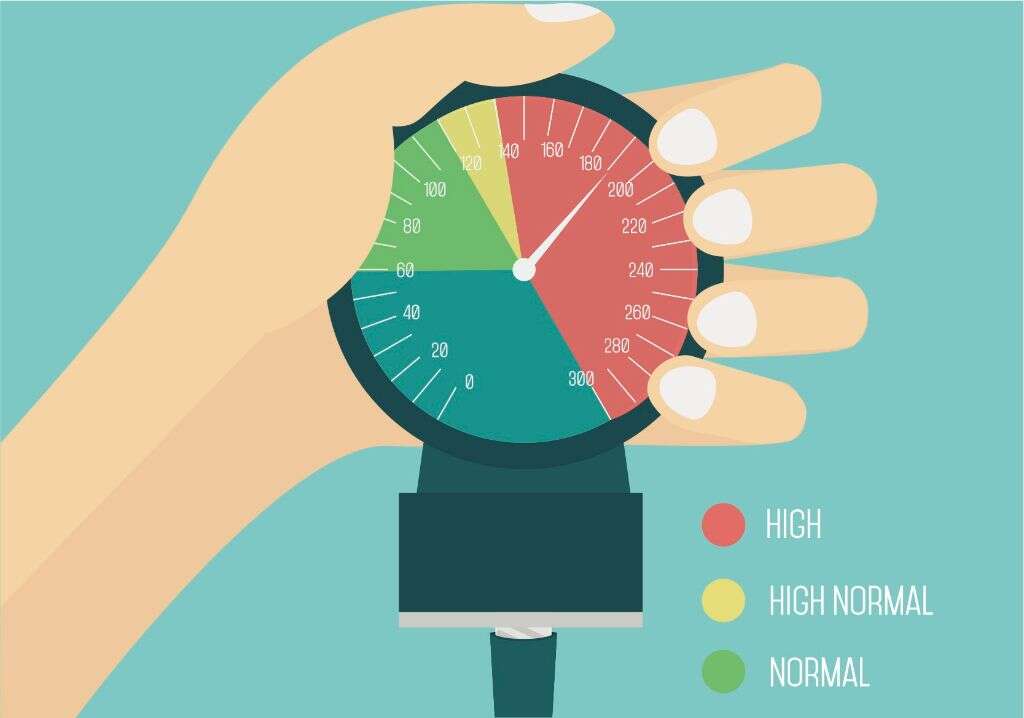
9. Will You Need a Transplant?
Cirrhosis can significantly reduce a person’s overall quality of life, but many people do live a long time with it. This is particularly true for individuals who manage the condition by following doctor’s orders. However, when it has progressed to the point where it is life-threatening, a transplant may be necessary.
Liver transplants are expensive procedures, as there few organs available. Moreover, many liver transplants are unsuccessful. Individuals with stage three or four cirrhosis must meet strict criteria to qualify for a transplant, including being of a certain age, weight and continued lifestyle habits.
10. How Can You Prevent Liver Cirrhosis?
The best way to prevent cirrhosis is to take care of your liver. Do not abuse drugs or alcohol. Maintain a healthy weight, as body fat can damage the liver, and reduce your risk of contracting hepatitis.
Eating a healthy diet can also keep your liver in good working order. Eat meals that are rich in fruits and vegetables, protein and whole grains. Try to limit the amount of fried food you consume. For other tips on how to prevent liver damage, talk to your doctor.




